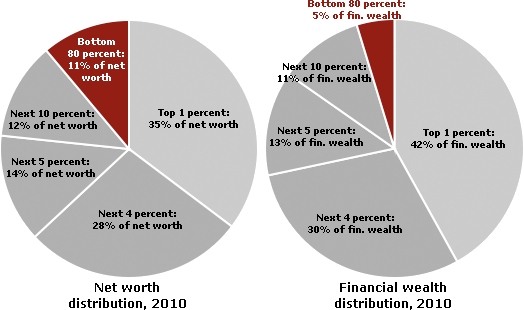Increasing numbers of low-income students graduate from high school academically prepared to enter college, however many of these students are not able to afford going to and staying in college. Students who come from households that make less than $25,000 per year, have 32 percentage points lower of an enrollment rate than students whose families make over $75,000 per year. Similarly, low income students go to four year institutions at only 1/2 the rate of students whose family incomes exceed $75,000 per year.The college participation rate at four-year institutions for students from low-income families is only one half the rate for students from families with incomes greater than $75,000. The unfortunate truth reveals itself in these statistics; even students with the same abilities and qualifications are forced to or encouraged to limit their education and their future success due to their unfortunate financial situations. In 2013, 77 percent (up from 40 percent in 1970) of adults from families in the top 25 percent in income earned at least a bachelor’s degree by age 24 according to a new report by the University of Pennsylvania and the Pell Institute. Only nine percent of low-income students in the bottom quartile were able to do the same, barely budging from its former six percent figure of 1970. This particular study defines the top 25 percent as having a family income of more than $108,650, and the bottom quartile as earning less than $34,160. This enormous gap in graduation rates between top 25 percent and the bottom 25 percent mirrors the growing wealth gap in the United States and furthers inequality; the poor are stuck in lower paying jobs without a college education, and with lower paying jobs have no excess money to save for an education. About 20 percent of students from the lowest quarter in income completed their bachelor's degree by age 24, whereas 99 percent of students from the top earning families did the same. One could deduce from the statistics that for the top 25 percent, a secondary education is expected as well as relatively easy to attain. The wealthy face less financial barriers on their journeys to complete degrees.
Graduation Rates
This gap in the attainment of an undergraduate degree mirrors the gap in wealth in the U.S. As of 2010, the top one percent owned 42 percent of the nation's wealth, the top 20 percent owned 95 percent, and the bottom 80 percent of Americans owned only five percent. The obstacles that low income students face in order to receive an undergraduate degree keep these wealth gaps in place; without an undergraduate degree, a well paying job is much more difficult to acquire, and therefore poverty is much more difficult to escape. Individuals who are lacking an undergraduate degree make a median of 1.4 million less than individuals with an undergraduate degree over their lifetimes. One could assume that graduates of more equally diverse financial backgrounds would reflect an economically healthier nation as well as the opportunity to change the financial class that one is born into.


